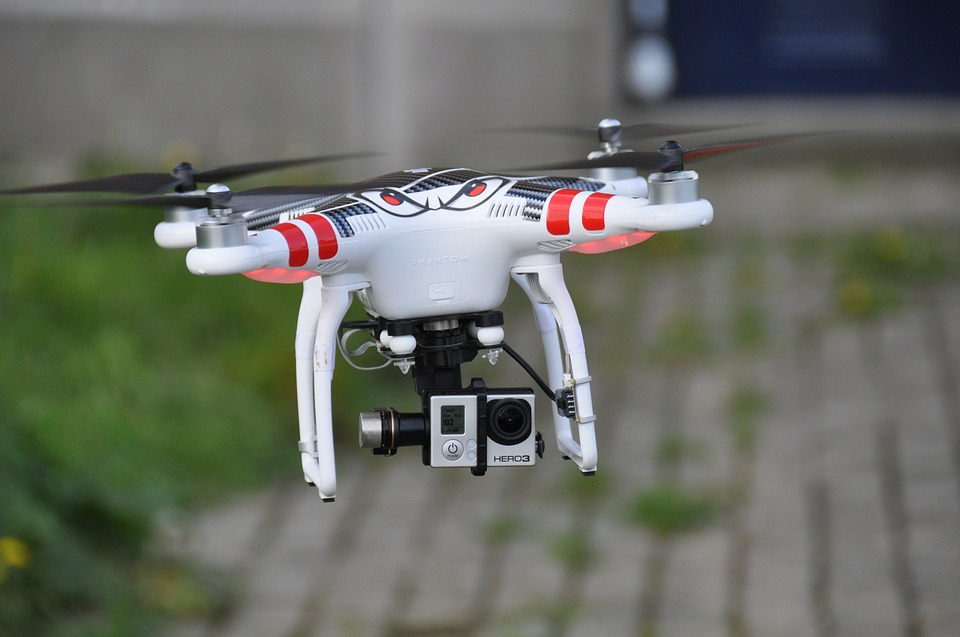This post is also available in:
 עברית (Hebrew)
עברית (Hebrew)
Drones have become essential for many fields, from journalism to law enforcement and military uses. Training drones to fly fast, around even the simplest obstacles, is a crash-prone exercise that can have engineers repairing or replacing vehicles with frustrating regularity. Testing drones safety, abilities, and durability are paramount to the drone industry’s success. Due to the cost of repairing and replacing drones, a better way to train autonomous drones was needed. That’s where MIT comes in – with a VR training system named “Flight Goggles.”
The VR environment creates indoor obstacles for the drones to fly around, without actually needing to have those obstacles be indoors – the testing facility can remain empty, while the drone sees “real” obstacles. Additional benefits of “Flight Goggles” are endless, as virtual testing facilities in which any environment or condition can be subbed in for the drones to train.
“We think this is a game-changer in the development of drone technology, for drones that go fast,” Associate Professor Sertac Karaman was cited by news.mit.edu. “If anything, the system can make autonomous vehicles more responsive, faster, and more efficient.”
Currently, if a researcher wants to fly an autonomous drone, they must set up in a large testing facility in which physical obstacles, like doors and windows, must be brought in, as well as large nets to catch falling drones. When they do crash (and they do) the cost of the project and the development timeline both increase, due to repairs and replacements.
“The moment you want to do high-throughput computing and go fast, even the slightest changes you make to its environment will cause the drone to crash,” said Karaman. “You can’t learn in that environment. If you want to push boundaries on how fast you can go and compute, you need some sort of virtual-reality environment.”
Researchers use a motion capture system, electronics, and an image rendering program to transmit the images to the drone. The images – which are processed by the drone at about 90 frames per second – are all thanks to circuit boards and the VR program the drone operates within, according to bigthink.com.
“The drone will be flying in an empty room, but will be ‘hallucinating’ a completely different environment, and will learn in that environment,” Karaman explains.
During the course of 10 test flights using the VR program, the drone (which files at around 5 miles per hour) successfully flew through a virtual window 361 times, only crashing three times – which doesn’t impact the development of costs.


























